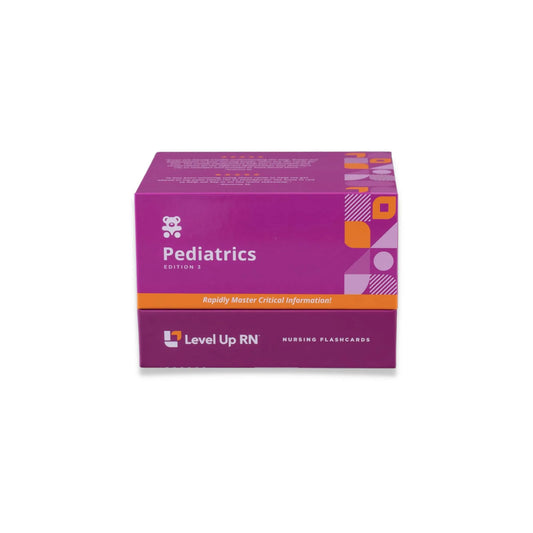Hi, it's Cathy with Level Up RN. In this video, I'll be discussing impetigo. And at the end of the video, I'm going to give you guys a little quiz to test your understanding of some of the key points I'll be covering, so definitely stay tuned for that. And if you have our Level Up RN Pediatric Nursing Flashcards, go ahead and pull out your flashcard on impetigo so you can follow along with me.
Impetigo is a highly contagious skin infection that is very common in childhood. It affects the epidermis, which is the top layer of skin, and is often caused by staphylococcus aureus. It is most common in children between the ages of 2 and 5 and is also more common in hot, humid climates. It is primarily spread through contact with an infected person, but can also be spread through contact with contaminated items such as clothes or linens.
In terms of signs and symptoms, impetigo will start off as vesicles or pustules that then rupture and form a honey-colored crust, which is a hallmark symptom of impetigo. Impetigo frequently affects the skin around the mouth and nose, but may present on the arms and legs as well. The provider can typically diagnose impetigo by just looking at the sores, but in some cases, a culture of a lesion may be obtained.
In terms of treatment, if there are only a few sores present, then a topical antibiotic ointment, such as mupirocin, is typically ordered. Of note, the patient will need to gently remove the crusts with soap and water before applying the antibiotic ointment to the lesions. If there are numerous lesions present or any other complications present, then systemic antibiotics are typically necessary.
In terms of family teaching, the child should avoid other children during an active outbreak and cover their sores with bandages in order to prevent the spread of the infection. Good hand hygiene is essential, and it's also important to wash towels, linens, and clothes that may have come in contact with infected fluid.
All right. It's quiz time, and I've got three questions for you.
Question number 1. How is impetigo spread?
The answer is through direct contact with an infected person or through contact with contaminated items.
Question number 2. What is the hallmark symptom of an impetigo infection?
The answer is yellow or honey-colored crusts that form after vesicles or pustules rupture.
Question number 3. What is the treatment for impetigo when a few isolated lesions are present?
The answer is topical antibiotic ointment.
All right. That's it for this video. I hope it was helpful. Take care and good luck with studying.


